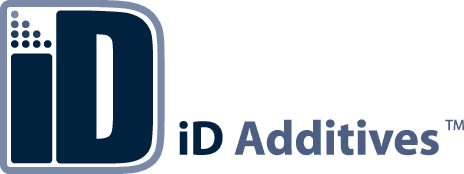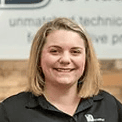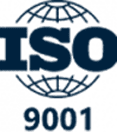
Welcome back to the Plastics Proud blog where we talk all things Plastics!
n
We are back with Dave Denzel (Purge) and Bryan Whitaker (iD Eco-Pro 360) for part two of our Purging/ MRO Maintenance tips. Today’s focus is on Extrusion.
nnn
When it comes to purging extrusion machines there are a few tips that can be useful to ensure a clean quick change-over. This involves prepping before using the manufacturer’s suggested grade of purge and purging guidelines.
n
- n
- Cleaning the auxiliary system. Purging the machine is typically the quickest part of the purge process, but one of the most important aspects before getting started is to clean the system before introducing the purge to your extruder. This usually takes up most of the time for change-overs. This includes thoroughly cleaning any auxiliary equipment that may be at your press such as material lines, portable dryers, mixing hoppers, grinders, hopper loaders & screens, auger feeders, etc.
- Extrusion Barrel and Screw. Using a brass tool, clean out the feed throat and if you have a vented barrel have a vent plug available to cover the vent. You must clean the vent out using some form of brass tool to remove any residual buildup formed on the vent walls. Insert the vent plug which will help keep expanded purge from coming out of the vent which could cause further cleaning issues. If this is not done properly you will drag material from that area for quite some time. A good many of extruders also have screen packs with screen changers so take out the screen when necessary before you start purging.
- Profile, Sheet and Blow Molding. Where necessary, raise the temperature at the Transition, Melt Pump, Blow Molding Head, profile or Sheet Die. Open the die gaps when necessary and clean around the die gap with a brass putty knife to remove any residual material built up in this area. This is typically the least done step (especially in Blow Molding), but will cause a good deal of issues in streaking if not done thoroughly. With Sheet Extrusion, raise the temperature on the outside edges higher and open the die gap wider than other gaps to allow better flow in this area where the material is flowing the slowest. You may still have some streaking, but it is usually on the outside where it is trimmed off. After you finish the purge process don’t forget to put all of your settings back to production.
n
n
n
n
On the MRO side, there are a few tips to make sure you are maximizing your preventative maintenance on extrusion machines:
n
- n
- Plumbing. Have everything appropriately plumbed with universal fittings that work with your auxiliary flushing equipment. I can’t tell you how many times I’ve been at facilities that require their maintenance teams to spend time swapping out fittings to connect to the same cleaning system and it’s an easy fix that can immediately start saving your team time.
- Descaling systems and coolants. There’s not one clean-all, fix-all chemical on the market, so odds are you will need one to clean all your chill rolls and rails (if sheet extrusion), as well as heat exchangers, cooling jackets, and any other areas you may be running water that’s susceptible to buildup. Once you have been able to clear everything out and get your alloys back to base and allow optimal flow, start evaluating water additives. Yes, there are companies that will come in and handle everything for you…and like most hands on outside services, you’ll pay a premium. Consider finding someone who will run a water analysis for you, so you know exactly what is causing the buildup; attack the cause, once you’ve cleaned the effect. A proper analysis will consist of multiple samples – your pre-treated water (if you are treating/softening it), your post-treated water, and a third from your reservoir on the line (multiples if you have many lines, starting with the first that gets your tower water and moving down the line).
- Clean in-house. There have been so many advancements to water treatments and cleaning chemicals that there’s no need to pay for these extra services when you have your equipment sent off for refurbishment. Not only that, but there’s a good chance whomever is doing your refurb is simply offering a cleaning as an add-on service; it’s not in their wheelhouse. Again, you want to treat the cause, not the effect, so having your equipment cleaned is great, but once you put it back into production, you’re simply beginning the process all over again.
n
n
n



